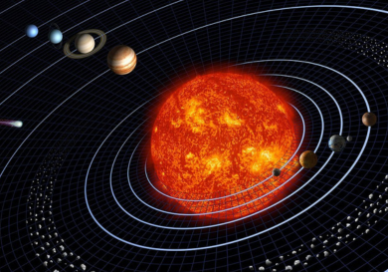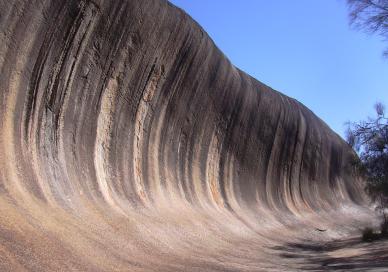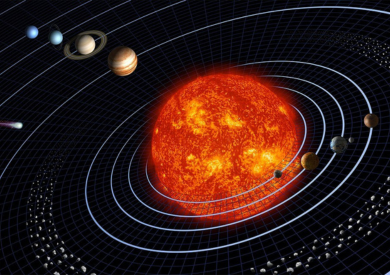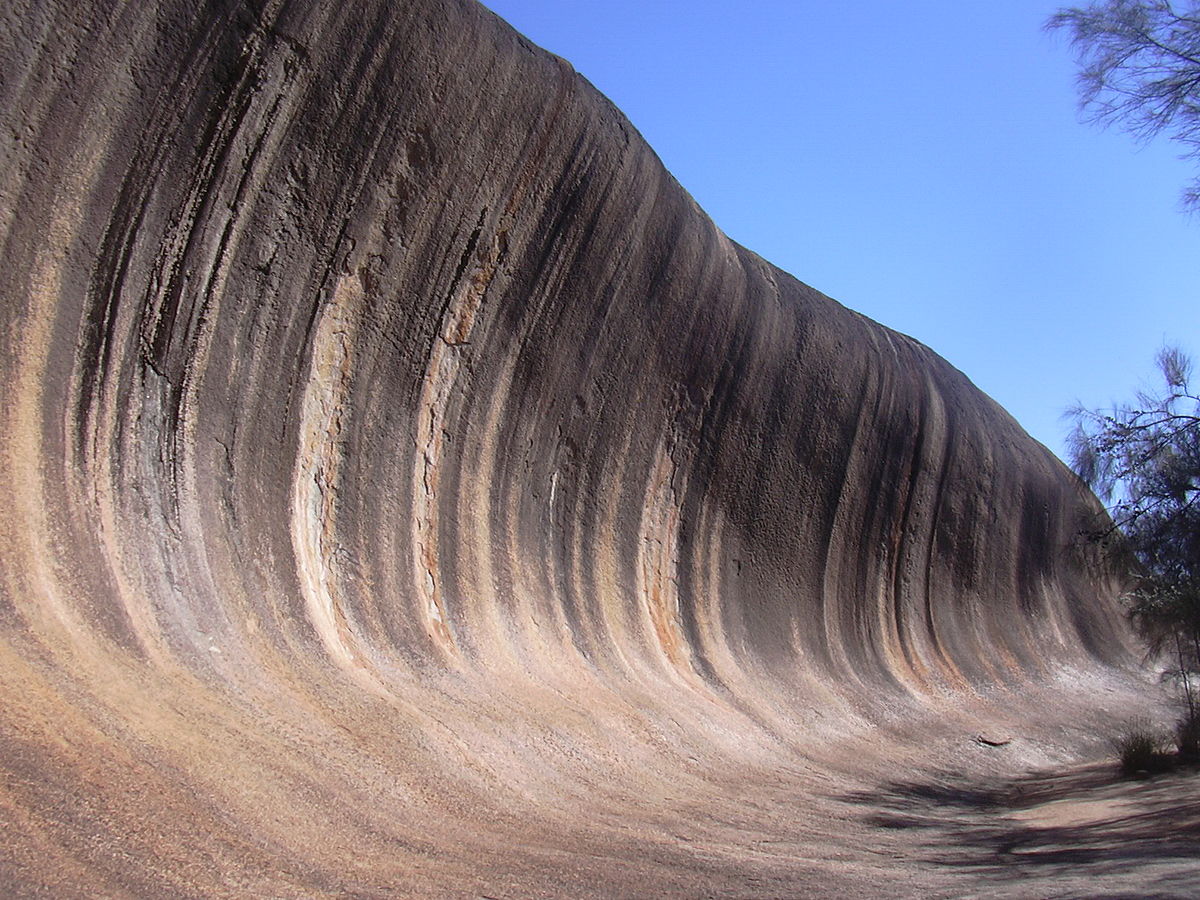This can be broken into two core concepts:
- Earth is part of an astronomical system; interactions between Earth and celestial bodies influence the Earth system.
- The Earth system comprises dynamic and interdependent systems; interactions between these systems cause continuous change over a range of scales.
More information on how the core concepts develop according to age and stage can be found on the Core science concepts page.
Earth is part of a system
Earth is part of an astronomical system; interaction between Earth and celestial bodies influence the Earth system.
The earth system
The earth system comprises dynamic and interdependent systems; interactions between these systems cause continuous change over a range of scales.



